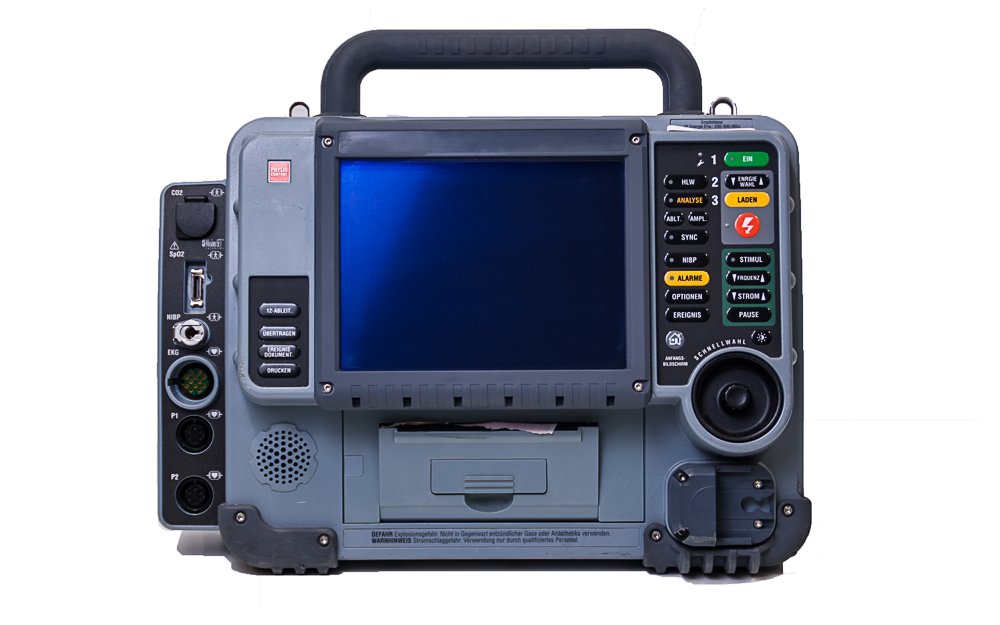Cardiac emergencies can be life-threatening situations that require prompt and effective intervention. In such critical moments, having the right tools and equipment can make a significant difference in saving lives. One such tool that has proven to be effective in managing cardiac emergencies is Lifepak.
In this blog post, we will explore the effectiveness of Lifepak in dealing with cardiac emergencies and its role in improving patient outcomes.
Understanding Lifepak
Lifepak is a portable defibrillator that is designed to deliver a therapeutic shock to the heart in cases of sudden cardiac arrest. It is equipped with advanced technology that allows it to analyse the heart rhythm of the patient and deliver the appropriate treatment. Lifepak is commonly used in hospitals, ambulances, and other healthcare settings to provide immediate care to patients experiencing cardiac emergencies.
Key Features of Lifepak
Automatic Rhythm Analysis: Lifepak can quickly analyse the heart rhythm of the patient and determine whether a shock is needed.
Clear Voice Prompts: Lifepak provides clear and concise voice prompts to guide the rescuer through the resuscitation process.
Portable Design: Lifepak is lightweight and portable, making it easy to transport and use in various settings.
Long Battery Life: Lifepak is equipped with a long-lasting battery that ensures it is ready for use when needed.

Benefits of Using Lifepak in Cardiac Emergencies
Improved Survival Rates: Studies have shown that the use of defibrillators like Lifepak can significantly improve survival rates in cases of sudden cardiac arrest.
Ease of Use: Lifepak is designed to be user-friendly, allowing even non-medical personnel to use it effectively in emergencies.
Quick Response Time: Lifepak enables quick assessment and treatment of cardiac emergencies, which is crucial in saving lives.
Versatility: Lifepak can be used in various settings, including hospitals, public places, and homes, making it a versatile tool for managing cardiac emergencies.
Case Studies: Lifepak in Action
Case Study 1: A 55-year-old man experienced a sudden cardiac arrest at a shopping mall. Quick-thinking bystanders used a Lifepak defibrillator to deliver a shock and successfully resuscitated the man before paramedics arrived.
Case Study 2: A patient in a hospital ward went into ventricular fibrillation. The medical team used a Lifepak defibrillator to restore the patient's normal heart rhythm and prevent further complications.
Training and Education
To maximise the effectiveness of Lifepak in managing cardiac emergencies, it is essential for healthcare providers and first responders to receive proper training and education on how to use the device. Regular training sessions and drills can help ensure that individuals are prepared to act swiftly and confidently in emergency situations.
Conclusion
In conclusion, Lifepak is a valuable tool for managing cardiac emergencies due to its advanced technology, ease of use, and proven effectiveness in improving patient outcomes.
By investing in Lifepak and providing adequate training to healthcare professionals and first responders, we can enhance our ability to respond to cardiac emergencies promptly and save more lives.
Remember, in a cardiac emergency, every second counts, and having a reliable device like Lifepak can make all the difference.

No comments yet